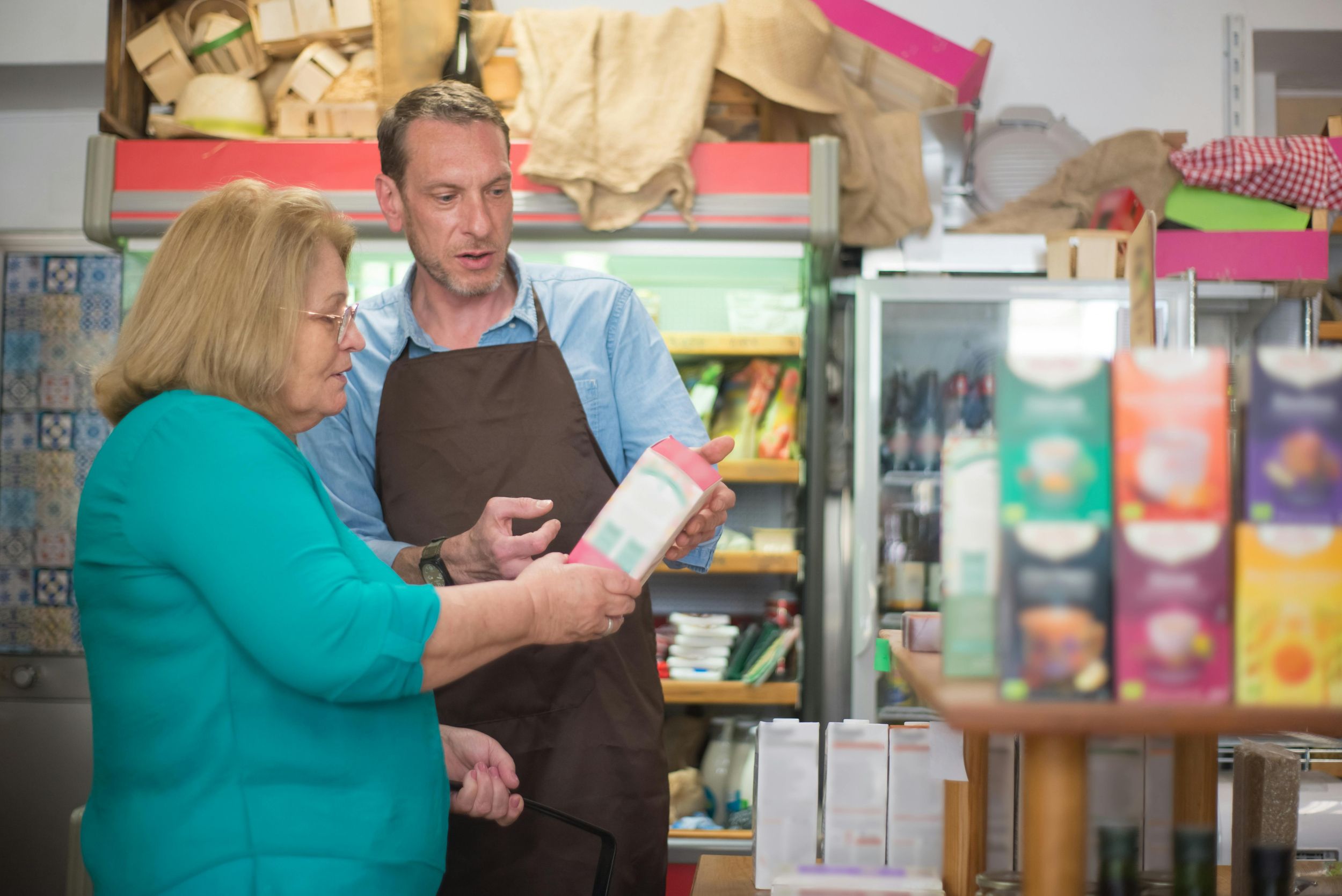Two Democratic senators are currently investigating Kroger’s use of digital price tags, known as Electronic Shelving Labels (ESLs), because they fear the technology could lead to “dynamic price gouging.”
Senators Bob Casey (D-Penn.) and Elizabeth Warren (D-Mass.) have sent a letter to Kroger CEO Rodney McMullen requesting additional information to understand the rationale for electronic shelf management and its potential risks.
They expressed concern that “dynamic pricing” could allow companies to increase their product prices suddenly and without warning, a practice they described as price gouging.
Senators target Kroger over ESLs
Casey and Warren wrote: “Large grocery chains such as Walmart and Kroger have argued that dynamic pricing through ESLs benefits consumers by allowing employees more time to serve customers.”
“However, these devices also pose the risk that food giants could abuse their power and drive up food prices by increasing them suddenly and precisely when certain products are in greatest demand,” they noted.
Casey and Warren argue that widespread adoption of dynamic pricing will significantly increase corporate profits and ultimately burden consumers. The senators find it unacceptable that major grocery chains like Kroger continue to implement price spikes and other strategies to maximize profits while families struggle to afford basic food items.
Casey and Warren observed that Kroger and Walmart, among other companies, are expanding their use of ESLs and expressed concern that the technology could allow large grocery stores to exploit consumers to increase their profits.
While the letter did not provide specific examples of ESLs being abused to gouge prices, it did point to a 2021 UCLA study suggesting that ESLs could facilitate “time-based pricing.”
According to the study, the pricing strategy benefits stores by increasing prices but does not provide any benefits to consumers. Kroger denied allegations that its electronic shelf labels were used for dynamic pricing.
Kroger denies using ESLs for dynamic pricing
A Kroger spokesperson told FOX Business that the company’s business model focuses on gradually lowering prices to attract more customers. According to the spokesperson, this larger customer base leads to increased revenue, which is then reinvested in further price reductions, wage increases and an improved shopping experience.
“Everything we do is designed to support this strategy, and customers are shopping at Kroger more today than ever before because we fight inflation and offer great value,” the spokesperson added.
The spokesperson clarified that all tests of electronic shelf labels are aimed at giving customers greater discounts on essential items and strongly refuted all claims to the contrary.
Burt Flickinger III, founder of Strategic Resource Group and an adviser to companies including Kroger, dismissed the idea that stores use ESLs for dynamic pricing, calling the Democratic senators’ investigation speculative.
“Prices don’t go up before floods, hurricanes, blizzards, heat waves, power outages, and they don’t go up between Friday and Sunday when grocers make 60 to 70 percent of their weekly sales. Stores are crowded, (prices) don’t go up, they stay the same,” Flickinger said. “So this speculation or conjecture is simply a projection into the future that has no basis in fact.”
“If labor costs in a store are around 20 cents per dollar of sales, ESLs can save half a cent to two cents in labor costs, depending on the state and its laws and regulations,” he explained.
Profit margins in the food industry are razor-thin. A January 2024 survey by the Stern School of Business at New York University (NYU) found net profit margins of 1.18 percent in food retail, 1.21 percent in food wholesale, and 6 percent in food processors. In contrast, agricultural and farming companies could boast a margin of 7.12 percent.
To put this into perspective, the U.S. market as a whole had an average profit margin of 8.54 percent, which dropped to 7.59 percent excluding financial services. With razor-thin profit margins, the food industry faces significant challenges. With the debate over dynamic pricing intensifying, the financial health of the sector will undoubtedly be a key factor.

